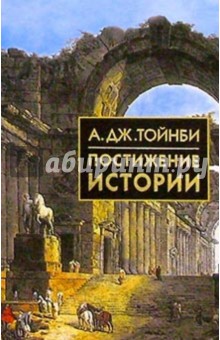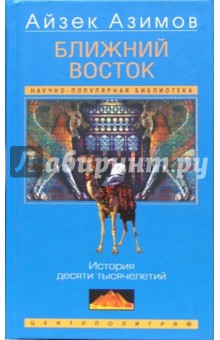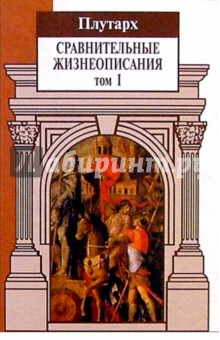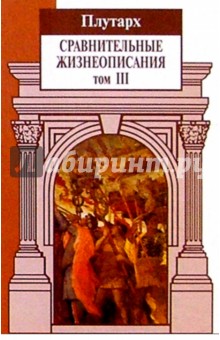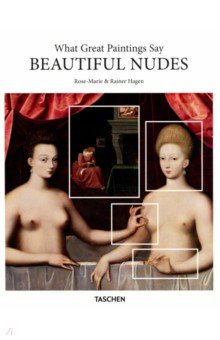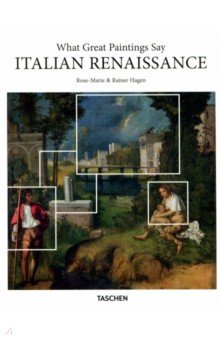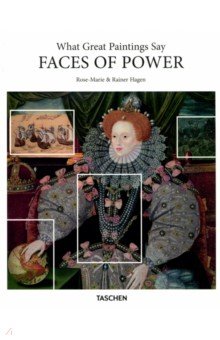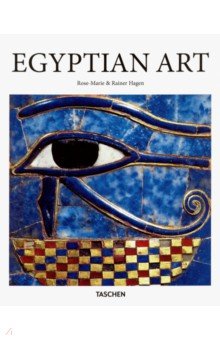О книге
People have always built pyramid-shaped structures, examples in our own time being a hotel in Las Vegas and the glass entrance to a museum in Paris. However, apart from this ingenious building form, many other things conceived and developed in the kingdom of the pharaohs are still up-to-date today - the new pyramids are merely the most visible. Even now we still do not fully understand how these gigantic tombs commemorating the pharaohs were erected. What we do know, at least to a large extent, is how the people who built them lived, what pleased those early Egyptians, what excited them and what they believed about the world around them. Tomb pictures bring it all alive before our eyes, and accounts deciphered by Egyptologists of events such as the strike of the tombworkers tell us about everyday life, the administrative system and how disputes were settled. Little changed in the course of the 3,000 years of Ancient Egyptian history, at least in comparison to the last 2,000 years of European history, and in particular the last 200 years. Pharaohs and gods came and went but the Egyptian vision of the underworld, their system of government and level of technology remained largely unchanged. And then there was always the major issue of food, which was completely dependent on the recurring floods of the Nile. On account of this remarkable stability we have decided not to write about Ancient Egypt in chronological order. Dates are mentioned, but only as background information. Anyone requiring an overview of the division into kingdoms and dynasties and the reigns of the most important kings will find it on pp. 232-23 5. One of the Ancient Egyptians' most outstanding achievements was the development of a script and to give this a high profile we have scattered hieroglyphs throughout each chapter. It is also the theme of three chapters - in the chapter on scribes we look at the privileged position of those who could write, in the chapter on writing, we explain the Egyptian system of symbols, a much more complex system than our alphabet, and in the final chapter we tell the story of the hard work and sheer luck which led to the hitherto unknown symbols finally being deciphered. Further reading is listed on page 237. This book aims to answer some basic questions about life in Ancient Egypt and whet your appetite to find out more. We could not have written it without the help and encouragement of the staff of the Egyptology department at the University of Hamburg and in particular Mrs Muriel Elsholz. We would like to express our warm thanks to them. Издание на английском языке.
Отзывы
0Чтобы оставить отзыв или проголосовать, необходимо авторизоваться

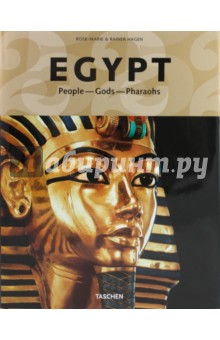


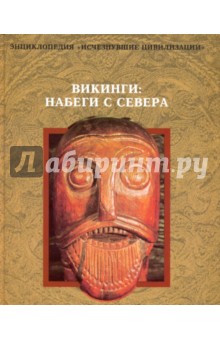
 0
0 